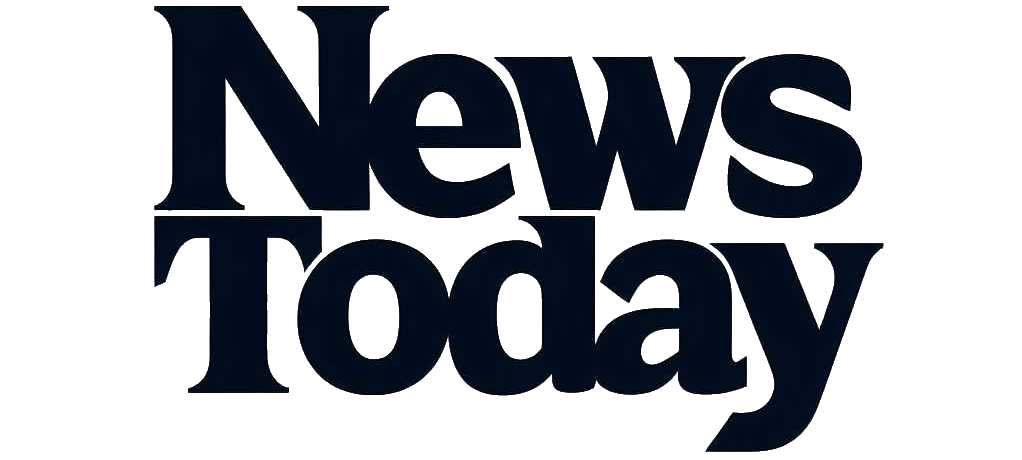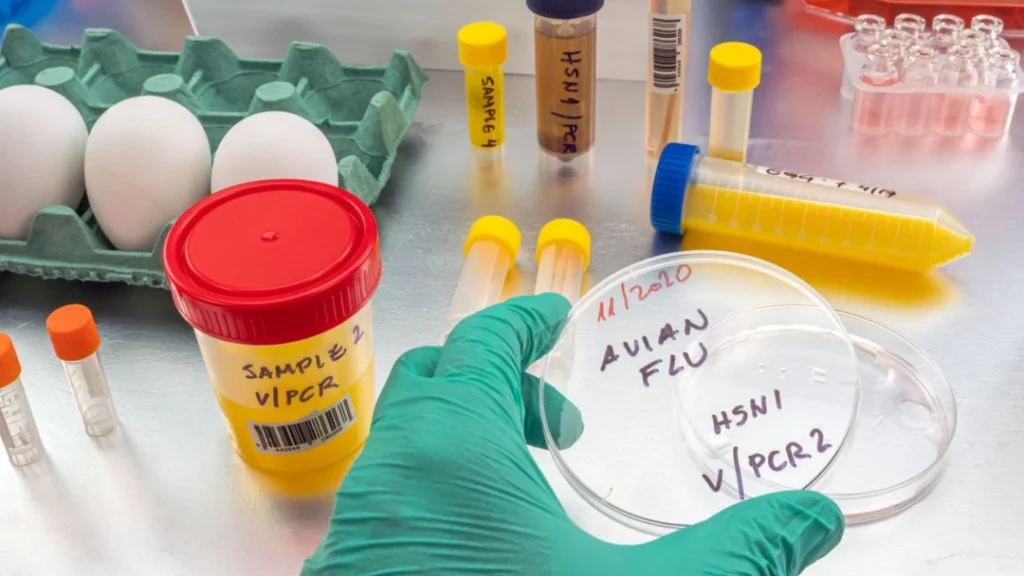As global health crises continue to emerge, companies are compelled to confront the dual challenges of COVID-19 and bird flu. These threats not only pose risks to public health but also disrupt business operations, supply chains, and workforce stability. This article explores the strategies companies are employing to manage these risks and examines their responses to these concurrent health threats.
Strategies for Managing COVID-19 and Bird Flu Risks
Many organizations have adopted comprehensive health and safety protocols to mitigate the risks associated with COVID-19 and bird flu. Enhanced cleaning procedures, mandatory mask policies, and social distancing measures are now standard practice in many workplaces. Additionally, companies have ramped up their efforts in health monitoring, including regular temperature checks and mandatory quarantine periods for exposed employees.
Remote work has become a cornerstone strategy for managing health risks. By enabling employees to work from home, companies reduce the likelihood of virus transmission within the workplace. This shift not only protects employees but also ensures business continuity. Many organizations have invested in the necessary technology and infrastructure to support a remote workforce, including secure VPNs, collaboration tools, and virtual meeting platforms.
In response to the bird flu, particularly in industries like poultry and agriculture, companies have implemented biosecurity measures to prevent outbreaks. These measures include restricting access to farms, enhancing sanitation protocols, and monitoring animal health closely. Companies also collaborate with government agencies to stay informed about the latest health advisories and ensure compliance with regulations.
Corporate Responses to Dual Health Threats
Faced with the simultaneous threats of COVID-19 and bird flu, companies are increasingly focusing on crisis management and contingency planning. Many have established dedicated task forces to oversee health and safety initiatives, ensuring a coordinated and agile response to emerging threats. These task forces often include experts in epidemiology, occupational health, and supply chain management to provide comprehensive oversight.
Communication has been a critical component of corporate responses. Companies are prioritizing transparent and timely communication with employees, customers, and stakeholders. Regular updates on health protocols, operational changes, and safety guidelines help maintain trust and clarity during uncertain times. Some companies have also invested in employee assistance programs to offer mental health support and resources amid the ongoing stress and anxiety caused by the pandemics.
Lisäksi, companies are reevaluating their supply chain strategies to build resilience against potential disruptions caused by health crises. This includes diversifying suppliers, increasing inventory of critical materials, and adopting just-in-case inventory management practices. By strengthening supply chain resilience, companies aim to safeguard against the economic impacts of simultaneous health threats and ensure a steady flow of goods and services.
As the world grapples with the ongoing challenges of COVID-19 and bird flu, companies are demonstrating resilience and adaptability in their responses. Through a combination of robust health protocols, remote work strategies, and enhanced communication, businesses are striving to protect their employees and maintain operations. By continually evolving their strategies and learning from these health crises, companies are better positioned to navigate future threats and uncertainties.









